Most people who haven’t been to the Midwest of the United States imagine a perfectly flat landscape covered in farms. While this is true in certain swaths of the Midwestern states, it isn’t a fair stereotype for the region as a whole. For example, the rolling plains feel like hills for hundreds of miles, and the Driftless Area looks nothing like a cornfield. Exactly what is the Driftless Area? Where the Midwest isn’t flat is dissected in full now.
What Is the Driftless Area?
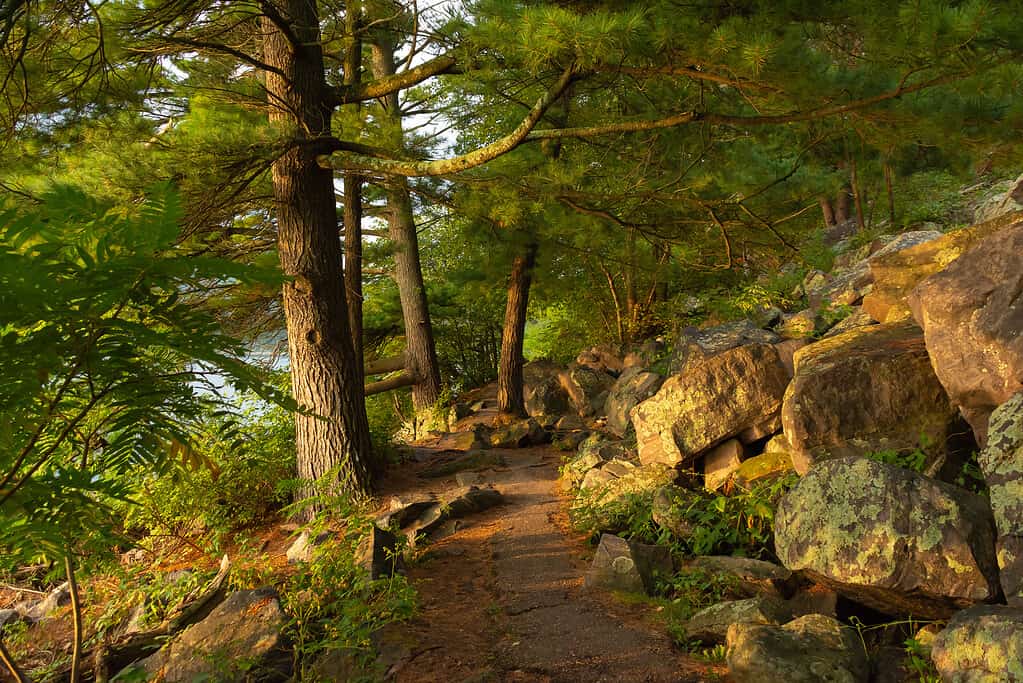
In the Midwest of the United States, the Driftless Area refers to a region that never experienced glaciation.
©EJ_Rodriquez/iStock via Getty Images
The Driftless Area is an area of the Midwest that never experienced glaciation. This means that glaciers never ground down natural features, carved paths, or left behind their debris. The rest of the Midwest is flatter without many geographic features in comparison since those areas were ground down by huge amounts of slow-moving ice.
The Driftless Area uses the word drift in its name because it doesn’t have any of the gravel, rock, and silt in the region that deposits as a result of ice movement called glacial drift. Instead, it’s a landscape with steep ridges and bluffs with some elevation that has been carved out by millions of years of water flow. In other parts of the Driftless Area, there are karsts along with caves, springs, and sinkholes.
Where Is the Driftless Area in the Midwest?
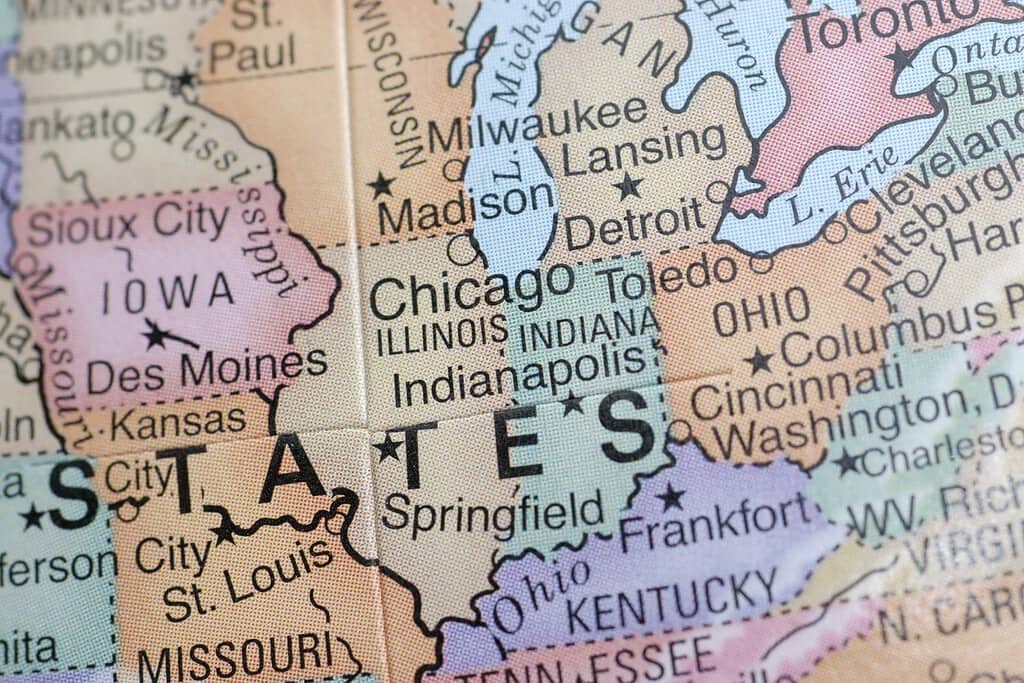
The Driftless Area is in southwest Wisconsin, southeast Minnesota, northeast Iowa, and northwest Illinois.
©Kent Weakley/Shutterstock.com
The Driftless Area is in the Upper Midwest, and it includes some of southwest Wisconsin, southeast Minnesota, northeast Iowa, and a corner of northwest Illinois. Most of the Driftless Area belongs to Wisconsin, and some will make the case that the only valid Driftless Area is in Wisconsin. The region as a whole occupies a total area of about 24 thousand square miles.
The Driftless Area contains part of the Upper Mississippi River watershed, and as tributaries approach the Mississippi River, their associated valleys become steep and deep. There are towns buried in some of these narrow valleys subjected to 100-year flood events that can be devastating.
In 2010, the small town of Gays Mills in Wisconsin fell victim to one of these floods that was bad enough that the town lost about 20 percent of its population to relocation. That’s after 2008 hosted a flood so bad that ninety percent of the main town was under water.
Gays Mills, like other Driftless Area valley towns, is no stranger to flooding. It has dealt with dozens of flooding events since the town was created in the nineteenth century. Other small landmarks throughout the Driftless Area are also aware of their precarious nature because of flooding potential.
Wildlife in the Driftless Area
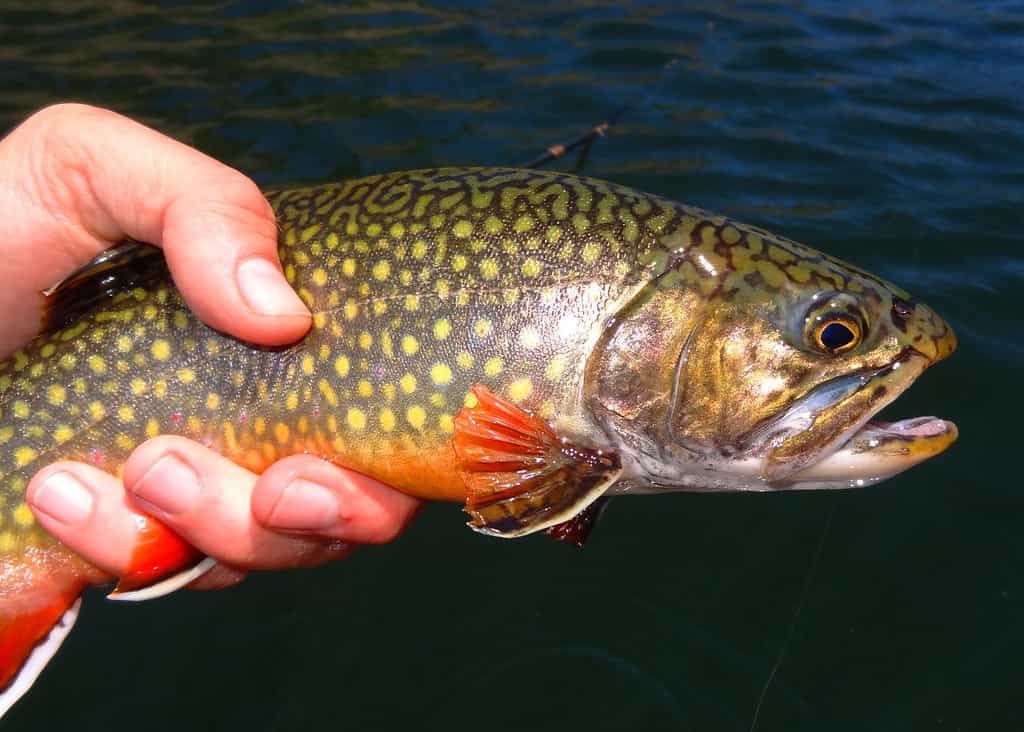
Brook trout are one of the trout species anglers love catching in the Driftless Area.
©Matt Jeppson/Shutterstock.com
There are a few plants and animals that are endemic to or features of the Driftless Area. The northern monkshood flower (Aconitum noveboracense) relies on the cool slopes of the region. It’s only found in the Driftless Area and isolated ecosystems in New York State.
The endangered Iowa Pleistocene snail (Discus macclintocki) makes its home in the Driftless Area. They are restricted to fragile and unique algific talus slopes which are unique cliffs of porous and broken bedrock. These specific slopes are only in the Driftless Area and isolated spots in West Virginia.
Because there are so many cold freshwater springs feeding streams in the area, there are trout available for fishing all year. The most sought-after species for anglers include brown trout (Salmo trutta), brook trout (Salvelinus fontinalis), and rainbow trout (Oncorhynchus mykiss). Catfishing in the area is also popular, and ice-fishing adventures are easy to find in the winter.
On slopes facing the east and north, the sun doesn’t bake the soil as much, which means that it isn’t as hot as other habitats in the area. Because of this, hardwood forests are flourishing and boast white oaks (Quercus alba), maples, basswoods (Tilia americana), and other hardy trees.
Why Is the Driftless Area Important for the Mississippi Flyway?
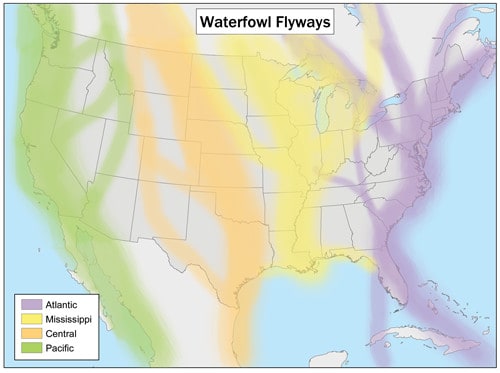
The Driftless Area is an important stop on the Mississippi Flyway.
©This image or recording is the work of a U.S. Fish and Wildlife Service employee, taken or made as part of that person’s official duties. – Original / License
The Mississippi Flyway is an important migratory bird corridor that travels the length of the Mississippi River system in the United States. The Mississippi River system is the largest in North America, and the river itself is the second longest on Earth.
The Driftless Area has the largest concentration of cold freshwater streams in the world. It also has many habitats in one generalized region. There are savannahs, dry spots with little soil, hardwood forests, and riverbottom areas that are prone to yearly floods.
These unique offerings in an otherwise monotone Midwest ecological landscape attract migrating birds in droves. In the Spring and the Fall, they funnel through the area to take advantage of the food, shade, and water resources. This is to the delight of avid bird watchers.
The Midwest’s Driftless Area and Organic Foods
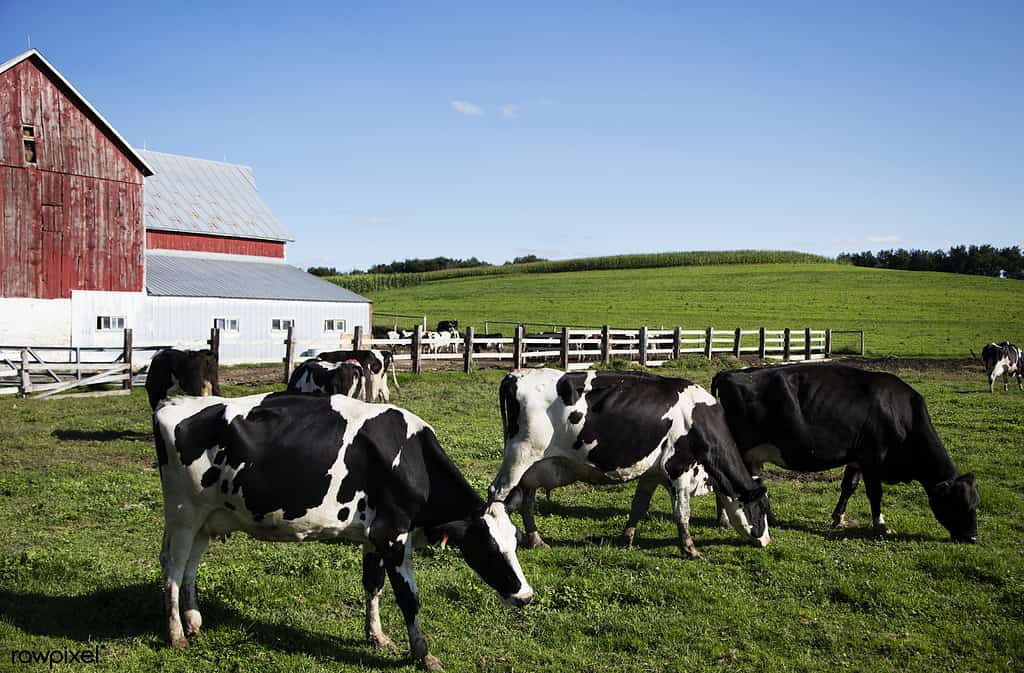
Some of the best dairy in the United States is produced in Wisconsin’s Driftless Area.
The Driftless Area is known for its organic dairy, produce, and beef production. This food landscape was a historical necessity in light of the geographical challenges that the Driftless Area presented to early farmers.
Previous farming practices brought to the area by European colonizers eroded the topsoil of the region and polluted the water. In the 1930s, corrective measures began to reverse some of the damage caused by decades of agricultural misuse. For example, grazing areas became limited, and cows were rotated through various areas to mimic the feeding habits of bison.
Artisan dairy operations are a highlight of the Driftless Area. At least seventy-five percent of the artisan cheeses made of raw milk in Wisconsin are produced in the Driftless Area.
Organic Valley, a recognizable organic dairy brand across the United States, operates in this region. They’re a cooperative of farms across the United States, but their efforts are concentrated in the Driftless Area. They are also the largest producer of organic dairy in the nation.
Huge operations pushing an agricultural monoculture didn’t take off in the area like elsewhere in the Midwest. That’s because crops had to be planted around geographical features in the Driftless Area. The particular farming methods needed to protect the Driftless Area’s land also made it prohibitive to large-scale commercial farming. This encouraged a culture of heirloom and organic animal farmers and growers creating specialty products.
The photo featured at the top of this post is © EJ_Rodriquez/iStock via Getty Images
Thank you for reading! Have some feedback for us? Contact the AZ Animals editorial team.







